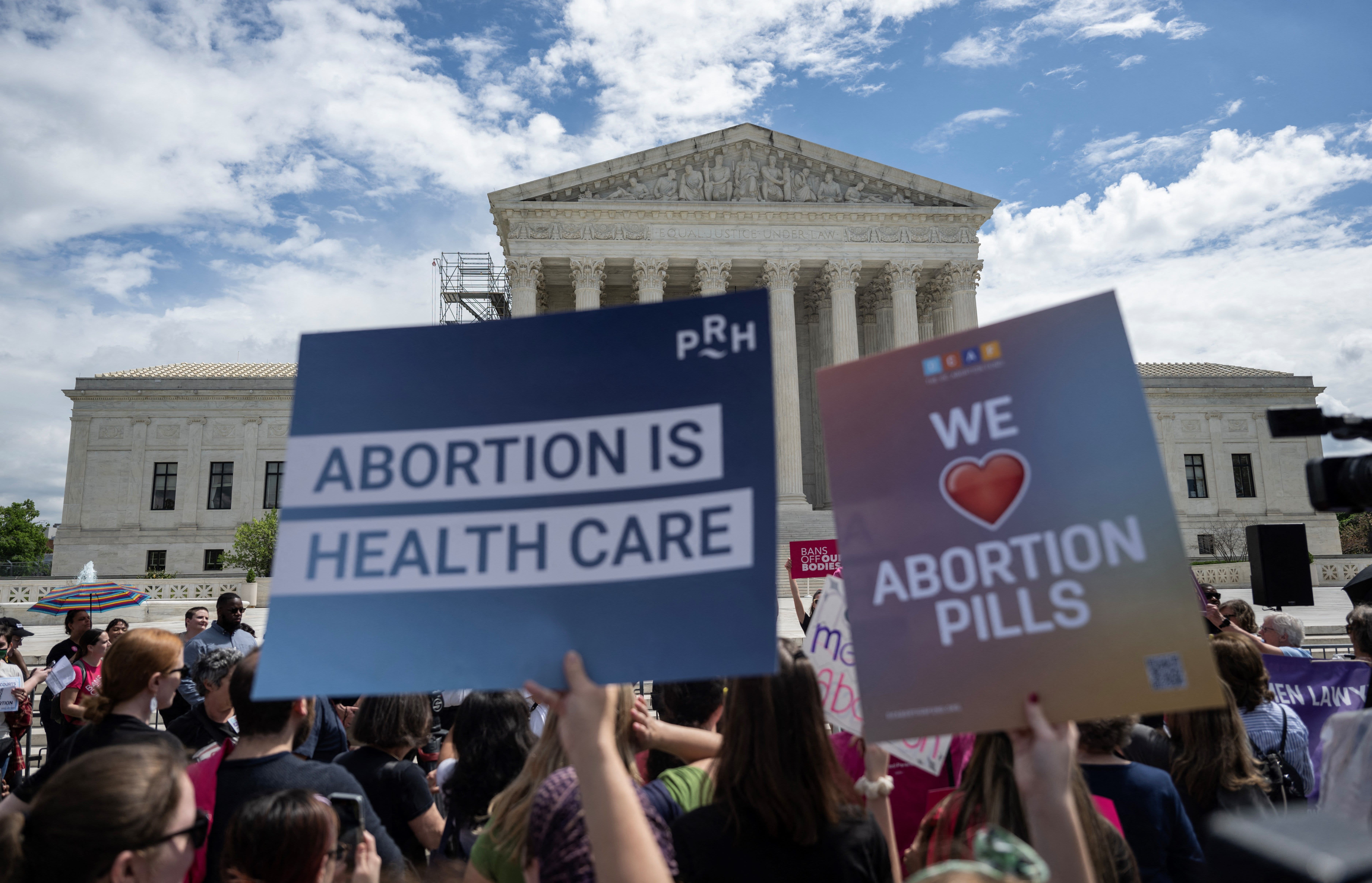Biden to hike payments for good-credit homebuyers to subsidize high-risk mortgages

Homebuyers who have good credit ratings will be in for a surprise. A new federal rule forces them to pay higher rates and fees on their mortgages to subsidise people with lower credit ratings, but also those looking to purchase a home.
As part of the Federal Housing Finance Agency’s efforts to promote affordable housing, the fee changes will take effect on May 1, and will apply to mortgages originated by private banks throughout the United States. Fannie Mae, a federally backed mortgage company, and Freddie Mac are responsible for implementing the loan-level prices adjustments.
Homebuyers who have a credit score of 680 and above will, on average, pay $40 more per month for a mortgage of $400,000. The biggest fees will be charged to homebuyers with down payments between 15% and 20%.
Only Americans who purchase or refinance a home after May 1 will be charged the new fees.
|
Lenders, real estate agents and homebuyers who have high credit scores say that the new rule will frustrate them and make it difficult for homeowners to refinance their homes because they are penalized due to their relative financial strength.
The changes are not logical. “Penalizing borrowers who have higher down payments or credit scores won’t go over very well,” Ian Wright told The Washington Times via email. He is a senior loan agent at Bay Equity Home Loans, located in the San Francisco Bay Area. It complicates a process for consumers that is already overwhelming due to the paperwork and jargon. It is not a good idea to confuse the borrower.
He said that the rule would “cause customer service issues for lenders and loan officers” when consumers don’t understand how their interest rates and fees have suddenly changed.
Wright stated, “I’m all for first-time buyers having the chance to enter the market. But it’s obvious that these decisions are not being made by people who understand the mortgage process.”
David Stevens said that the new fees will “create extreme confusion” as we move into the spring season of home buying. Stevens was the former head of Mortgage Bankers Association and served as Commissioner of the Federal Housing Administration under the Obama administration.
In a recent post on social media, Mr. Stevens said that “this confusing approach will not work and could not come at a worst time for an industry trying to get back on track after this past year.” To do this right at the beginning of spring is offensive to consumers, lenders, and the market.
A series of Federal Reserve rate hikes has impacted the housing market hard. Mortgage rates are now above 6% – roughly twice what they were in early 2022. The Fed raised rates quickly to reduce inflation which reached a record high of 9.1% in the summer of last year.
Kenny Parcell of the National Association of Realtors told the Federal Housing Finance Agency that the current time is not right to increase fees for homebuyers.
Homebuyers with lower down payments and riskier credit ratings will be eligible for lower mortgage rates under the new rules.
Federal Housing Finance Agency director Sandra Thompson, appointed by Biden, said that the changes would “increase the pricing support for purchase borrowers who are limited by their income or wealth”. The agency called the fee changes overall “minimal”, and stated that the changes will ensure market stability.
After receiving a barrage of criticism, the agency decided to delay until August 1 a fee that would be charged for debt-to income ratios greater than 40%. Calculate the ratio by dividing monthly debt payments of the homebuyer by gross income. This is one of the main measures that lenders use to determine if a mortgage candidate qualifies for loan.
Ms. Thompson stated that the postponement would help “to ensure an even playing field for all lending institutions to have enough time to deploy the fees.”
Mr. Stevens stated that the fee changes were intended to subsidise higher-risk borrowers through “an intentional disruption of traditional risk-based pricing”.
Why was this done?” “The answer is simple. It was done to try and narrow the gap in credit access, especially for minorities home buyers who have often lower down payments or lower credit scores,” wrote he in a LinkedIn post. “The gap between homeownership opportunities is real. America faces a severe shortage in affordable homes available for sale, combined with an excessive demand that has created a imbalance. “But confusing pricing and credit will not solve the problem.”
He said that mortgage rates would fall as the Federal Reserve tightens its balance sheet.
He said that the demand for housing will increase and that first-time buyers will face similar challenges.
Lenders are also concerned about the impact of a debt-to-income charge that will take effect in August, because homebuyers may feel like they are playing a “bait-and-switch” game with their projected borrowing costs.
Wright explained that when a lender quotes a borrower they do not know everything, including the monthly payment for insurance and property taxes. The mortgage payment can change during the escrow period, and this may cause both lenders and borrowers to be frustrated by the sudden changes in rates and fees. The majority of loan officers would then say, “Let’s eat” the cost to keep the borrower happy (resulting in loss for both the lender and the loan officer).
He claimed that the uncertainty would cause delays in a market already competitive and lacking inventory.
Wright stated that, “For instance, because of the low inventory levels and fierce competition, buyers are forced to close their deals in less than 30 working days to have their offers accepted.” The sudden rate changes may cause lenders to “re-disclose,” adding extra days to the transaction. The buyer is under extreme time pressure and the lenders are forced to reunderwrite the file.
Mortgage Bankers Association president Bob Broeksmit wrote to Ms. Thompson a letter in February stating that the timing of fee changes were “particularly troubling”, and the debt-to income ratio fee created “operational and quality control issues” for lenders.
Broeksmit stated that a borrower’s income can change multiple times during the application and underwriting processes, due to the changing assumptions about debt and income as well as the increase in part-time, self-employment and “gig economy” employment.









No Comments